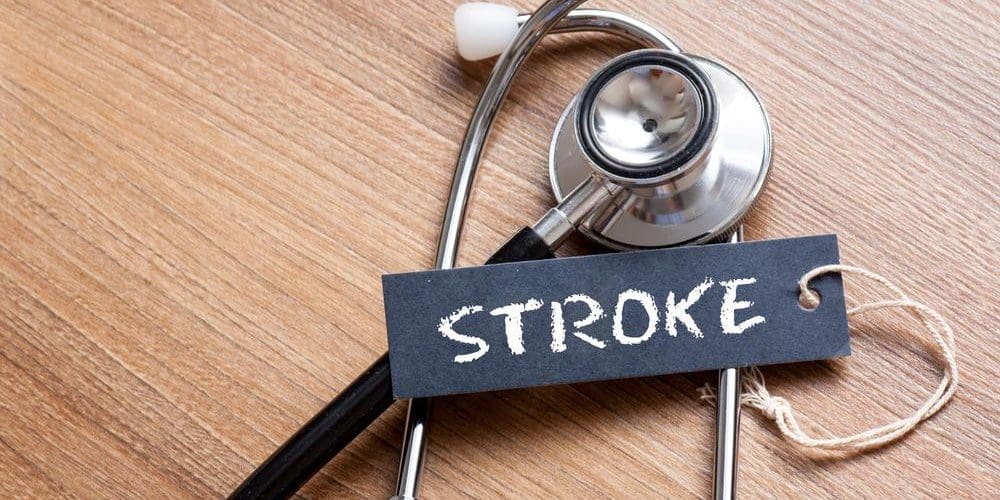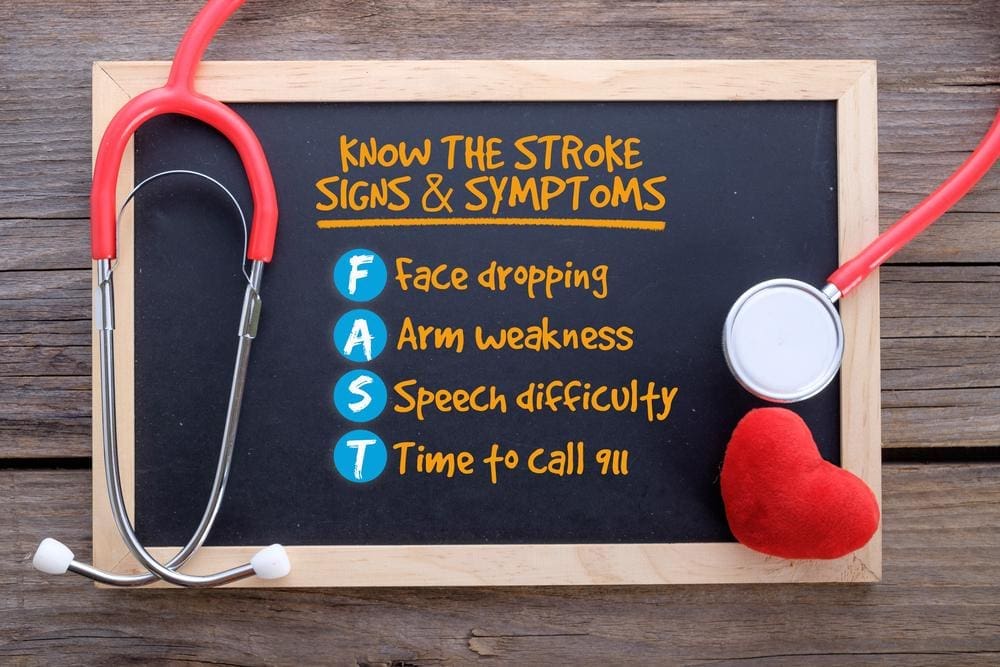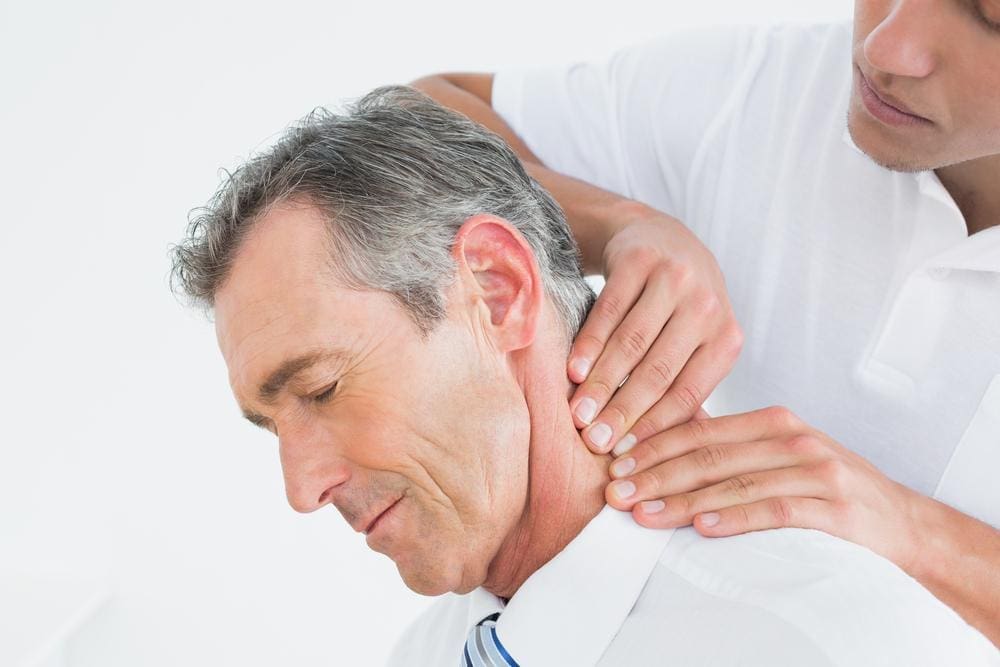
Stroke is a serious medical emergency that can be fatal. Chiropractic care after a stroke can help with survivors’ recovery.
A stroke is a serious medical condition that can lead to long-term disability and even death. According to the American Stroke Association, strokes are the fifth leading cause of death in the United States.
There are two types of stroke cases: hemorrhagic and ischemic. Bleeding inside the brain causes hemorrhagic strokes, while an ischemic stroke is caused by something blocking a blood vessel to the brain.
As most people know, brain injury from a stroke can be devastating. It can cause significant problems with brain function, including paralysis, loss of speech, and even death. Recovery from a stroke is possible, but it takes time, effort, and often outside help.
One type of outside help that can be extremely beneficial for a stroke survivor is chiropractic care. Chiropractors are trained to identify and correct misalignments in the spine, which can help improve nerve function and reduce pain for a stroke patient.
Many different things can cause a person to have a stroke. Some of the more common causes include:

If you think someone may be having a stroke, it is essential to act F.A.S.T.:
It is important to remember that these are only warning signs of stroke and that not all strokes will present with all of these symptoms. If you think someone may be having a stroke, it is always best to err on the side of caution and call 911 immediately.
While there is no definitive treatment for strokes, chiropractic care may be able to help. Chiropractic adjustment can help improve blood flow and reduce inflammation, which is important in the recovery from a stroke.
In addition, chiropractic treatment can help to address some of the secondary effects of a stroke, such as pain, headaches, and dizziness. Chiropractic care is non-invasive and has few side effects, making it a safe and effective treatment option for stroke patients.

There are a few different types of chiropractic adjustment that can be helpful for stroke recovery.
One is called the Activator Method. This involves using a small hand-held device to deliver a gentle impulse to the affected area of the spine. This can help to reduce nerve irritation and improve function.
Another type of chiropractic manipulation that can be helpful for a stroke patient is called the Cranial Release Technique. This involves gentle head and neck manipulation and can help to improve blood flow and reduce pressure on the brain.
Finally, there is the Spinal Decompression Technique. This chiropractic spinal manipulation technique involves gently stretching the spine. This can help remove pressure from the spinal cord and nerves and improve blood flow.
All of these chiropractic manipulation techniques are gentle and safe and can be very helpful in stroke recovery. If you or a loved one has suffered a stroke, consider talking to a chiropractor about how these adjustments can help.
There are many risk factors for stroke, and some of them, like high blood pressure, can be controlled through lifestyle changes and medication. However, other risk factors cannot be changed, like family history or age. If you struggle to manage your stroke risk factors, you may want to consider chiropractic treatment.

© Accident Care Chiropractic | Hablamos Español
Located in: North Portland, NE Portland, SE Portland, Gresham, Clackamas, Oregon City, Hillsboro, Bethany, Beaverton, Tigard, Forest Grove, Woodburn,
McMinnville, Keizer, Salem, South Salem, Bend, Springfield, Vancouver, Hazel Dell, East Vancouver, Pasco, Kennewick, Lakewood.
We Specialize in Car Accident Treatment & Recovery
Home | About Us | Testimonials | Blog | Sitemap | Privacy Policy | Services | Locations | Contact Us